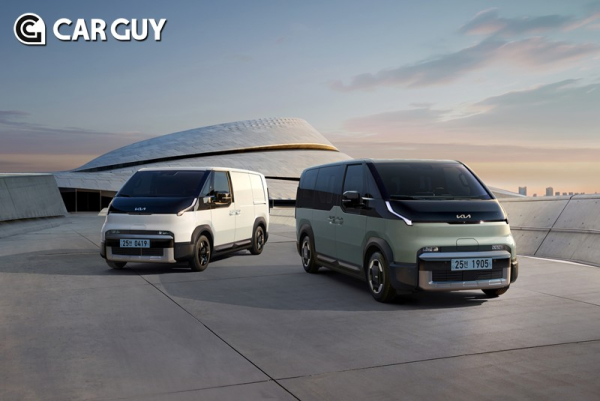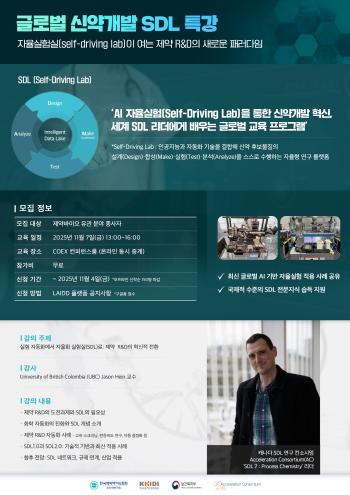Kia minivan PV5 is a popular sensation..The advantages and disadvantages of the second row manual window are
Jun 30, 2025
|
PV5 has a variety of lineups. Among them, two models of the mini-van style passengers (5 seats, 2-3-0) and the cargo (long) model will come out first. In the future, various conversion models such as "passenger" models with various seat arrangements, three types of "cargos" with different specifications and loading capacity, vehicles for the convenience of mobility for the vulnerable, and chassis caps will be released.
If you look at the PV5 popularity factors, the size of multi-purpose vehicles such as the existing Staria and Carnival is over 5m, so it is quite burdensome when using parking lots.
The PV5 is 4,695 mm full length and 1,895 mm full width, smaller than a mid-size SUV, but can use more space. Since the body is relatively small, it can reduce the parking burden and show mobility in the city center.
The second popularity factor is the actual purchase price. The price of the Pasinzer model is plus 50 million won and basic 47.09 million won, but it can be purchased in the late 30 million won range depending on the region if you receive tax benefits for eco-friendly cars and subsidies for electric vehicles.
According to internal data from Kia in North Jeolla Province, which revealed the expected subsidies, the actual purchase price in the region is expected to be between 35 million won and 38 million won.
In the case of the cargo model, which is classified as a truck, the actual purchase price is more extreme. The price of the long range cargo is 44.7 million won. Also, the estimated price will fall to 23 million won considering the government subsidies, regional subsidies, and the amount of VAT refund when purchasing businesses based on the same Jeonbuk region.
On top of that, in the case of small business owners, 30% more of the government subsidies will be paid, and the actual purchase price will fall to the 19 million won range. Of course, the actual purchase price may vary from region to region because it is the expected price and subsidies vary from region to region.
Nevertheless, the cargo model, which is expected to be purchased at around 20 million won, and the passengers model, which is expected to be purchased at around 35 million won, have considerable merit considering the size, utilization, and ubiquitous economy of electric vehicles.
In addition, the exterior size is the size of a semi-medium SUV, but the wheel base reaches 2,995mm, providing ample indoor space through optimization of PE room systems and seat arrangements. Depending on the number of passengers and the purpose, the seat arrangement in 1/2/3 row can be selected in various ways.
The five-seater 2-3-0 model, which was first released this time, will have reclining and fold & dive functions applied to the second row seats. It can be used flexibly depending on the purpose of use. The trunk capacity extends from the basic 1,330 liters to a maximum of 2,310 liters when the second row sheet is not used. (Based on VDA, laboratory self-measurement)
The PV5 fascinator only sells a single long-range model with a maximum output of 120 kW, a maximum torque of 250 Nm, and a battery with a capacity of 71.2 kWh.
Based on the total cost of 4.5 km/kWh, a single chargeable distance of 358 km was secured.With a 350 kW charger, it takes about 30 minutes to charge the battery from 10% to 80% when fast charging.
Zero bag is 10.7 seconds, which is sufficient considering the characteristics of the vehicle. The maximum speed is limited at 135 km/h. If you are considering purchasing PV5, you also need to figure out the shortcomings in advance. Some disappointments have also been confirmed.
First of all, it will be equipped with a 400V charging system. Compared to Hyundai Motor's 800V system vehicle, the fast charging speed is lower. Another problem is that ICCU has not been confirmed to have improved.
The ICCU defect problem often emerges in Hyundai Motor Group's electric vehicles.Problems are mainly reported in Ioniq 5 and EV6 using the 800V system, and it is known to have a defect rate of about 1%.
The same problem is sometimes reported in 400V system electric vehicles such as EV3 and EV4. PV5 is also not expected to be free from this problem, so clear improvement measures are needed.
It is also pointed out that some options included in Kia's electric vehicles are missing because it is a model with increased cost-effectiveness. First, the second row side airbag was removed as safety equipment. It may not be possible to install due to structural problems, but it cannot be selected as an option. It is regrettable that the specifications are installed in both electric and internal vehicles at the same price range.
Build-in-Cam 2, which Hyundai Motor Group's new cars boast, is also not available. After the vehicle is shipped, the built-in cam has a good response as the black box mounted from outside causes several problems, but this option has been deleted from PV5.
The opening method of the second row window is also a bit disappointing. It is understandable that electric windows are not applied due to structure and price problems, but even plush glass that can be opened manually cannot be selected for the basic type. You can also choose from the plus trim as an option.
In addition, memory sheets and HUDs cannot be selected even when configuring full options. Consumers who felt satisfied with Hyundai-Kia's good option composition compared to imported cars are disappointed. As PV5, which is pioneering new markets, is popular for its cost-effectiveness and packaging composition, we hope that a model that improves the problems pointed out will emerge.
In the future, PV5 will introduce a variety of conversion models, including ▲ vehicle ▲ chassis cap models for the convenience of mobility for the vulnerable and basic models, and ▲ open bed ▲ 'light camper' optimized for leisure and relaxation ▲ passengers luxury model 'prime' ▲ built-in/freeze tower ▲ sliding tower car.
Editor Song Moon-cheol mc.song@carguy.kr
This article was translated by Naver AI translator.














